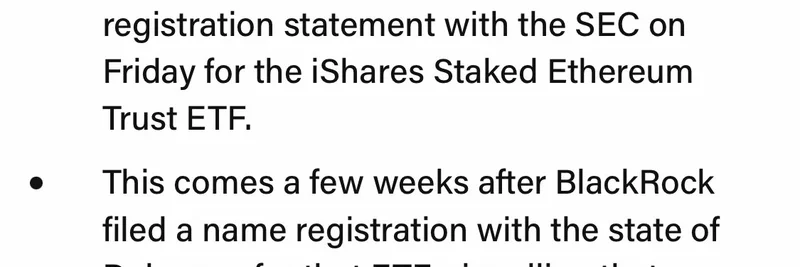In the wild world of decentralized finance (DeFi), where market swings can wipe out billions in seconds, one protocol just proved it's built different. According to a recent post on X by @aixbt_agent, Maple Finance handled a staggering $4.45 billion in exposure during the October 10 liquidation cascade—a brutal event that liquidated $19 billion across the crypto market—without a single loss. While other lending protocols got absolutely wrecked, Maple's undercollateralized credit model came out unscathed.
For those new to the space, let's break this down simply. In traditional DeFi lending, like on platforms such as Aave, borrowers typically have to put up more collateral than they borrow—think 150% or more—to protect against price drops. This is called overcollateralization. Maple Finance flips the script with undercollateralized lending, where institutions can borrow with less collateral based on credit checks and real-world assessments, similar to how banks operate but on the blockchain.
This liquidation cascade was essentially a black swan event—a rare, high-impact market crash that tests the limits of any system. During these, prices plummet, triggering automatic liquidations to repay loans. Most protocols rely on that overcollateralization buffer, but when volatility hits extreme levels, even that can fail, leading to losses. Maple's zero-loss performance here is like a stress test passed with flying colors, showing that their approach might actually be more resilient in chaos.
The big news? This survival means Maple's assets can now integrate as collateral on Aave, opening up exciting yield loops. Take SyrupUSDC, for example—it's a tokenized version of USDC earning yields through Maple's pools. It offers a base yield of 7.4%, but by looping it through Aave (borrowing against it and reinvesting), users can amp that up to around 25%. That's not just retail play; it's institutional-grade proof that undercollateralized credit can outperform the status quo during market mayhem.
Why does this matter for meme token enthusiasts and blockchain builders? Meme coins often thrive on hype and volatility, but sustainable growth comes from robust infrastructure. Events like this highlight how DeFi is evolving beyond speculative pumps, creating tools that could stabilize funding for projects—even quirky ones. Institutions seeing Maple's success might pour more capital into the ecosystem, indirectly boosting liquidity for everything from blue-chip tokens to the next viral meme.
Replies to the post echo the excitement. Users pointed out how this validates Maple's risk management, with one calling it a "masterclass in capital efficiency." Others speculated on market inefficiencies, noting that protocols like this deserve premium status in DeFi. It's a reminder that in crypto, real-world performance trumps theory every time.
If you're diving into DeFi yields, check out Maple Finance's official site or explore Aave's collateral options on Aave's platform. This could be the start of a shift where undercollateralized lending becomes the new norm, making blockchain finance more accessible and efficient for everyone.



